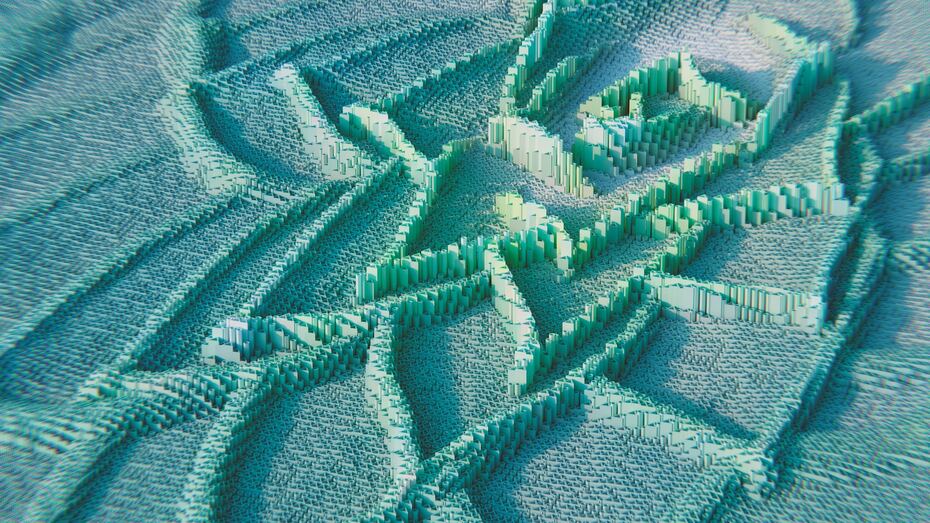
Visual hierarchy refers to the way you arrange the elements on your website to guide the attention of your visitors. It is a noteworthy because what and how users will interact with your content largely depends on specifically how you went about categorizing the various elements on a given page.
That is good and all, how do you create an efficient visual hierarchy? And what are some common mistakes to avoid? In this blog post, we will try to answer these questions and give you some tips on how to improve your web design with visual hierarchy.
What is visual hierarchy and why is it important?
Visual hierarchy is the order in which the human eye perceives the information on a page. It is based on the idea that some elements are more noticeable than others, and that we tend to scan a page rather than read it word by word.
It helps you communicate your message effectively and efficiently. It also helps you:
- Highlight the most important information and actions on your website
- Organize your content into sensible and coherent sections
- Reduce cognitive load and increase comprehension for your visitors
- Create a pleasing and engaging aesthetic for your website
How do you create a good visual hierarchy?
There are many factors that influence it, such as size, color, contrast, alignment, proximity, whitespace, typography, and imagery. Here are some general guidelines on how to use them:
- Focus on scanability: Again almost no one reads every word on a website. They scan it for the information they want. As such, you should accordingly focus on making content easy to scan by using headings, subheadings, bullet points, lists, and short paragraphs. Also, use clear and descriptive labels for your navigation and buttons.
- Scale: The size of an element affects how much attention it gets. Larger elements are more noticeable than smaller ones. So, scale to emphasize the most important elements on your page, such as your logo, headline, call to action, or image. You should also use scale to create contrast and hierarchy among different elements.
- Colors: Colors can convey emotions, moods, and meanings. They can also create contrast and harmony among different elements. You can mess with colors and contrast in a way that highlights the more noteworthy aspects of a given page. Though in general, you should also use colors that complement each other and create a balanced and consistent look for your website.
- Relevance: The relevance of an element is how closely it relates to the purpose and goal of your page. Obviously prioritize the elements that are most relevant to your visitors and their needs. Eliminate or minimize any elements that are irrelevant or distracting. E.g., you should avoid using too many ads, pop-ups, or banners that interrupt the user experience.
- White space: White space is the empty space between and around the elements on your page. Not necessarily white though; it can be any color or background. Whitespace helps you create a clean and simple design that enhances readability and focus. It is also useful when separating and grouping different elements according to their function and importance.
What are some common mistakes in visual hierarchy?
Here are some examples of bad visual hierarchy that you should avoid:
- Too many elements competing for attention: If everything on your page is large, bright, or flashy, nothing will stand out. Your visitors will be overwhelmed and confused by the clutter and noise. Limit the number of elements that you want to highlight and use whitespace to create breathing room for them.
- Lack of contrast: If everything on your page is similar in size, color, or shape, nothing will catch the eye. So, use contrast to create distinction and interest among different elements, while only singling out the core, etc., etc.
- Inconsistent or inappropriate use of colors: If you use colors that clash with each other stuff will get chaotic real quick. Even adding a single extra color might throw people off completely. You really do not want to do that on a home page.
- Poor alignment or proximity: Place elements randomly or too far apart from each other and you will create a messy and disorganized design that lacks structure and sense. Seek out relationships between the variables, group them accordingly.
Conclusion
Visual hierarchy is an essential part of web design that can make a big difference in your user experience and conversion rate. By following the tips above, you will hopefully be able create an efficient visual hierarchy that guides the attention of your visitors and communicates your message effectively.